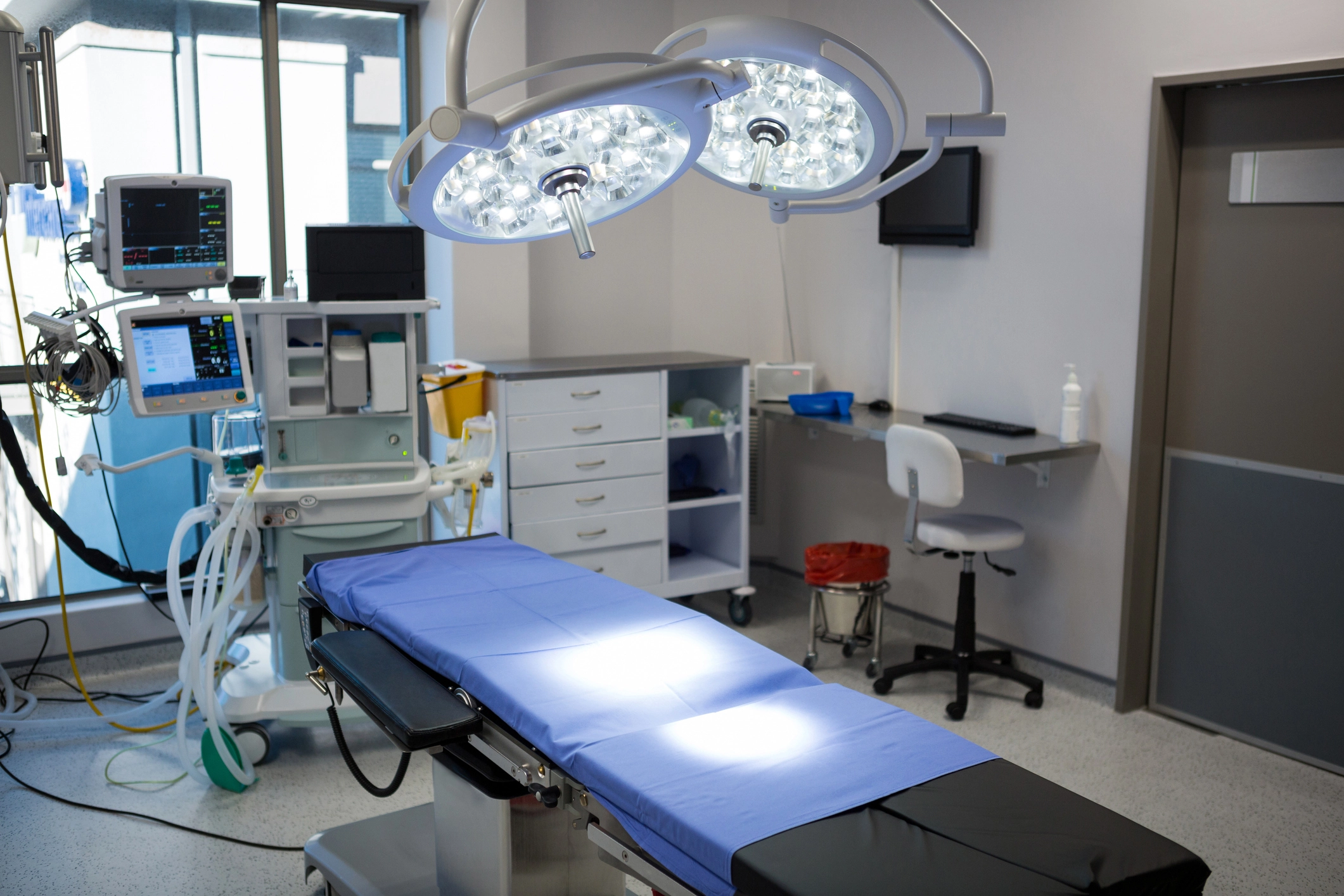With Steven Abramowitz, MD; Mehdi H. Shishehbor, DO, MPH, PhD; and Nora Tabori, MD
What are the key unmet needs with current pulmonary embolism (PE) thrombectomy devices?
Dr. Shishehbor: Despite the many advances in the treatment of PE, it remains the third leading cause of cardiovascular death in the United States. Indeed, while mortality has significantly declined with the use of new devices to treat PE, the rate still remains at 5% to 8% at 30 days among all comers.1,2 Better tools to identify high-risk patients, including artificial intelligence (AI)– driven algorithms, may help with patient identification for treatment purposes. From a therapeutic standpoint, bleeding needs to be better addressed. Technologies that can return blood safely and efficiently will be more desired. Additionally, the procedure remains rudimen- tary, and any technology that can empower physicians to be more precise and facile will be attractive.
Dr. Abramowitz: Mounting focus on the manage-ment of PE comes at a time when the incidence of PE is rising in our aging population. Although incredible work is being done to better understand the short- and long-term impact of intervention, device iteration and innovation may help interventionalists improve upon procedure safety and efficacy. In theory, improved thrombus removal from the pulmonary circulation could prevent future patient morbidity. Devices that assist the operator in imaging or detecting thrombus could aid in achieving optimal technical outcomes. This need extends to ancillary devices that can be used in conjunction with embolectomy systems to mobilize more organized or wall-adherent thrombus.
Dr. Tabori: Currently, there is a dearth of products for the management of recalcitrant clot, and extrac-tion in these cases often leads to increased procedure times and blood loss, but is this necessary? As weenter an era where thrombectomy is becoming a stan-dard part of the algorithm of care for PE patients, we will be looking to improve both efficiency and safety while simultaneously standardizing procedural end- points and technical success. This will require the next generation of devices to allow for easy simultaneous hemodynamic monitoring, intraprocedural imaging and development of adjunct products that allow us to extract recalcitrant clot to meet standards as they are developed.
What are some of the key issues around proce- dural efficiency with these devices? How does device deliverability and trackability factor into this?
Dr. Tabori: There are several areas in which device efficiency can be improved. I think most regular opera-tors would agree that lack of back wall support in a sys- tem with a dilated RV poses the greatest technical chal- lenge and potential time sink. Creating devices that can overcome this limitation is one of the ways that we will be able to expedite care for those with the greatest strain on their cardiopulmonary vascular system. Additionally, overall efficiency is an issue with current devices that require repetitive dilator, catheter, and wire exchanges throughout the procedure. These inefficiencies add up throughout the case, resulting in additional time, proce- dural steps, and materials required for case completion.
Dr. Abramowitz: Although some interventionalists operate at high-volume centers, many individuals per-forming PE interventions intervene with comparative infrequency. Complications resulting from intraproce- dural blood loss, repeated wire repositioning, challeng-ing right heart navigation, and repetitive pulmonary cannulation all potentially impact procedure safety and efficiency. Systems that minimize the need for catheter or wire exchange and allow for fluid device repositioning/ delivery while allowing for hemodynamic monitoring, blood return, and imaging are ideal.
Dr. Shishehbor: Many challenges remain. For exam-ple, manipulating the devices from the lower lobe to the upper lobe can be challenging, requiring multiple catheters and wire exchanges. Similarly, directing the devices from the right lung to the left lung can be dif- ficult, requiring multiple catheters in a mother-daughter format. In some patients, the RV is very dilated and tra-versing the RV to get to the pulmonary artery (PA) can be challenging. We need smart catheters that can easily engage the various lobes without too many wire and catheter exchanges. This will likely reduce complications and procedural time. Additionally, it will likely minimize blood loss because of better precision and directionality.
Why is blood return so important in PE throm-bectomy cases, and what has been your expe-rience with current devices on the market?
Dr. Abramowitz: Evidence indicates that anemia and anemia requiring transfusion can be associated with poor outcomes. Patients who experience a PE often have other comorbid conditions such as prolonged hos-pitalization or recent surgical intervention predisposing them to an anemic state. Furthermore, a major indica- tor of disease severity is hemodynamic stability. Blood loss during the procedure may introduce a confounding variable in intraoperative procedural monitoring and lead to an increased risk of periprocedural morbid-ity. Although devices and technology exist to allowfor blood return and minimize blood loss, an ideal is anear-zero procedural blood loss.
Dr. Shishehbor: There are many publications show-ing that bleeding, blood loss, and even transfusion areassociated with increased mortality and poor outcomes.In my opinion, this had been the Achilles’ heel of thrombectomy devices; however, with recent advances in blood return, this has significantly improved. We now need more modern and efficient systems that don’t require multiple steps and syringe exchanges. We need next-generation systems that can automatically filter and return blood to minimize procedural interruptions and maximize blood return to the patient.
Dr. Tabori: Bleeding and blood loss have been shown to be associated with increased mortality and com-plications. Although the introduction of blood returndevices will likely mitigate this risk going forward, they add procedural time and complexity. Creating a more efficient filtration and return mechanism to minimize the impact of procedural time and complexity may prove to be a key component of outcomes in future device generations, especially in our higher-risk patient population. Ideally, blood filtration and return to the patient would be automatic and not require additional procedural steps throughout the procedure.
What are some of the issues with clot targeting and contrast use in these cases?
Dr. Shishehbor: Frequently, we struggle with the blind nature of the procedure. For example, we are against the wall but we can’t be sure. This all leads to unnecessary trauma to the PAs, occasionally hemody- namic instability, and importantly, lengthy procedures. Our ability to differentiate clot from the wall will be a game-changer in my opinion. Furthermore, it will reduce the need for significant contrast use, which is not ideal in patients with PE and low output state. These patients already have a large contrast burden from diagnostic chest CT, and minimizing any addition-al contrast load will be very advantageous.
Dr. Tabori: Although the preprocedural CT scan gives us a fairly accurate picture of the presenting clot burden, it does not always give us insight into the density/age of the clot and, therefore, the potential difficulty in removing it and the need for additional devices to aid in capture. Furthermore, after initial thrombectomy, angiography is the only tool we have to assess remaining clot burden. These images are often degraded due to motion artifact from tachy-pnea, and power injections have the potential to shift clot more distally into the PA tree. Additional imaging modalities, such as clot sensing, incorporated into the catheter may prove helpful in the future to aid in directing additional thrombectomy passes.
Dr. Abramowitz: Most patients diagnosed with PE have undergone CT. There has been incredible advancement in preprocedural AI clot detection. However, this has yet to enter the procedural work environment. Respiratory variation from nonintu- bated patients who are tachypneic and unable to hold their breath can confound angiography interpretation. Many operators aspirate “blindly.” In an ideal world, biplane pulmonary angiography would be available to all for ideal pulmonary clot targeting. Absent that, improved clot targeting either by device development and improved tissue imaging or sensing would aid in targeted therapeutic delivery and minimize additional contrast exposure and blank aspirations.
What would you like to see in a next-generation PE thrombectomy system, and what effect would this have on the market for physicians and patients?
Dr. Tabori: The next generation of catheters will hopefully incorporate all of the following advancements: enhanced back wall support, features for improved maneuverability and tracking, and adjunct tools accessible through the device. These tools will enable us to capture more fibrous clots and reduce the occurrence of the “lollipop” phenomenon. Blood filtration and return will become easier and more efficient, while intraprocedural tissue identification will integrate new modalities for real-time assessment of clot capture and identification of remaining areas requiring treatment.
Dr. Shishehbor: We need second- and third-generation smart devices that can reduce procedural time, minimize blood loss, reduce complications, and decrease the number of additional catheters and devices that are needed. The current systems require many wire and dilator exchanges and are not operator-friendly. Using technologic advances, modern catheter design principles, and AI, we should be able to make this procedure safer, more efficient, and cost-effective.
Dr. Abramowitz: Currently available devices have set great standards regarding procedural safety and efficacy. New-generation thrombectomy systems will need to continue to iterate on improving procedural efficiency and workflow. This will lead to a reduction in blood loss, the potential for intraoperative complications, and lessen residual thrombus burden. Next-generation devices or ancillary tools to work through next-generation devices may be helpful to better identify and mobilize thrombus.
- Parikh M, Chahine NM, Hammad TA, et al. Predictors and potential advantages of PERT and advanced therapy use in acute pulmonary embolism. Catheter Cardiovasc Interv. 2021;97:1430-1437. doi: 10.1002/ccd.29697
- Lacey MJ, Hammad TA, Parikh M, et al. Prospective experience of pulmonary embolism management and outcomes. J Invasive Cardiol. 2021;33:E173-E180.
Disclosures
Dr. Abramowitz: Consultant and advisory board for Boston Scientific, Inquis Medical, Inari, Gore, and Philips.
Dr. Shishehbor: Consultant and advisory board for Medtronic, Abbott Vascular, Boston Scientific, Inquis Medical, ANT, Inari Medical, Terumo, and Philips; equity in ANT and Inquis Medical.
Dr. Tabori: Consultant for Boston Scientific Corporation.
Steven Abramowitz, MD
Executive Director
MedStar Vascular Surgery Program
Chair, Department of Vascular Surgery
MedStar Washington Hospital Center
Associate Professor of Surgery
Georgetown University
Washington, DC
Mehdi H. Shishehbor, DO, MPH, PhD
President, University Hospitals
Harrington Heart & Vascular Institute
Professor of Medicine, Case Western
Reserve University School of Medicine
Cleveland, Ohio
Chief Scientific Advisor
Inquis Medical, Inc.
Redwood City, California
Nora Tabori, MD
Associate Professor of Radiology
MedStar Georgetown University
Hospital
Chief of Interventional Radiology
MedStar Washington Hospital Center
Washington, DC









